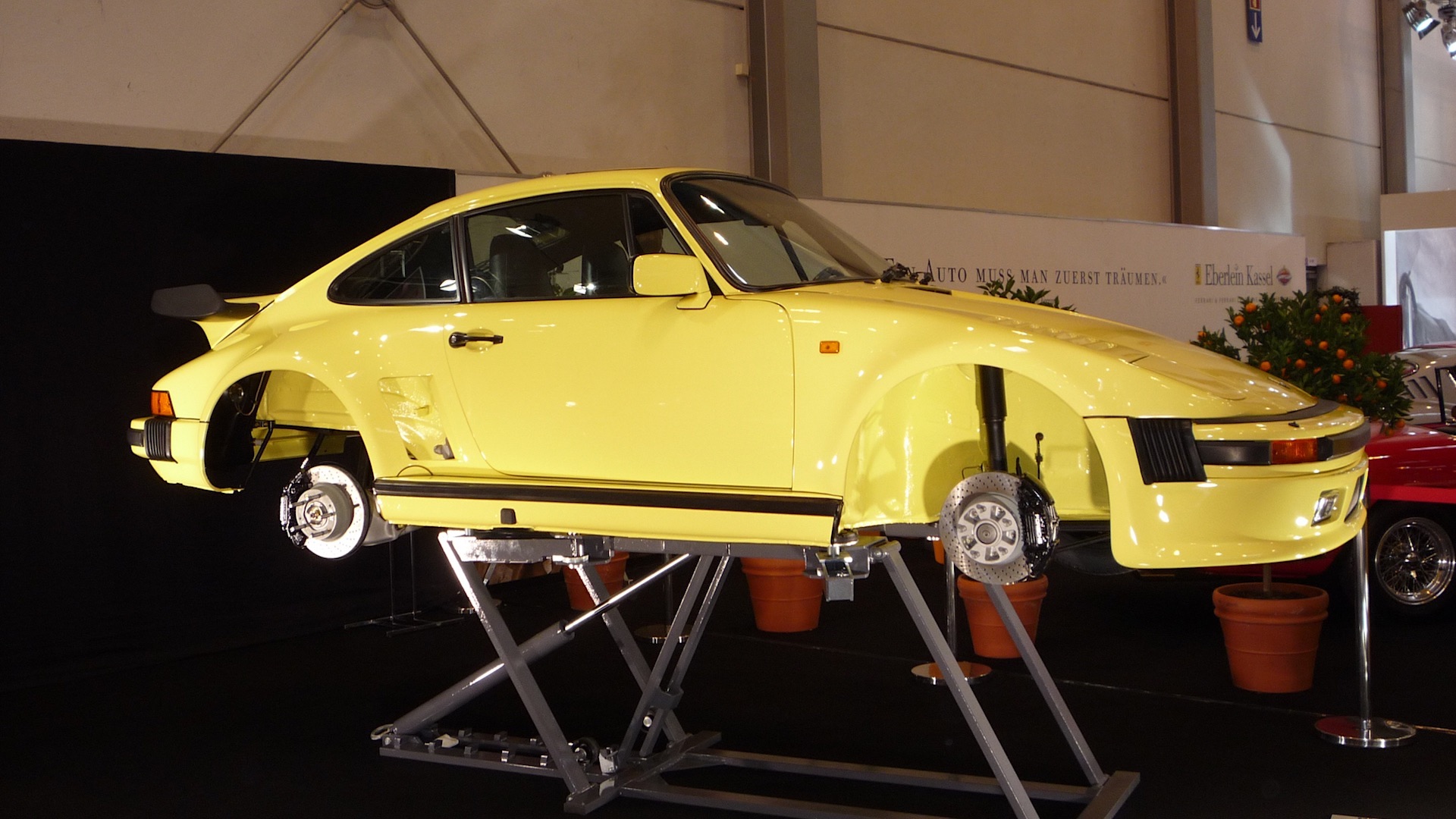Buyers Guide
Bodywork Check-points
Whilst all 911s after 1976 were galvanised, the youngest slantnose models are at least 30 years old, and can suffer from poorly repaired accident damage, and rust. The ‘widow-maker’ moniker is less applicable to the later 930s however the cars still caught out many that had never previously experienced 300+ bhp and 80s turbo lag.
Body damage is a possibility. Check the consistency of shut lines around the car. Remove the carpet in the front trunk / boot space and inspect the panelwork and boot floor for signs of accident damage or creasing. In particular, check behind bumpers, and alignment of valance for panel damage. Review areas around popup lamps for stress cracks and paint damage due to badly aligned lamp pods.
Also check the underside of the floor pan for damage due to inappropriate jacking of the car - note: genuine Turbo S / Turbo SE models have jacking point extension tubes where boxed sill covers/rocker covers were fitted.

Check for rust:
Inspect the inner and outer wings around lights and bulkhead flanges. All slantnose wings are very expensive to replace so thoroughly check for damage.
Check inner sills and jacking points. Inspect door pillars and shut panel (kidney bowls) - mud collects from the wheels and rusts out the slam panel around the striker bar for the door locks and down to the sills. Check the fuel filler area from the top and underside. Inspect the battery tray area / front seam – battery acid and water ingress from leaking seals can cause rust. Carefully check the areas around the windscreen seal on the front scuttle (a window out repair). Water ingress here can cause electrical fires.
Get underneath the car and check the lower side of the fuel tank for damage or rust (most exposed area). Inspect the condition of the aluminium bumpers and bumper rubbers. Note that the rubber filler insert to the front side lamps is specific to the Turbo SE models (Hella square side lamps), and the mountings for the rubber inserts can rust out.
This buyers guide has been split into the main topic areas as follows:
Further information can be found on the Flachbau Forensics page offering a guide to authenticity (how to spot a fake flachbau).
